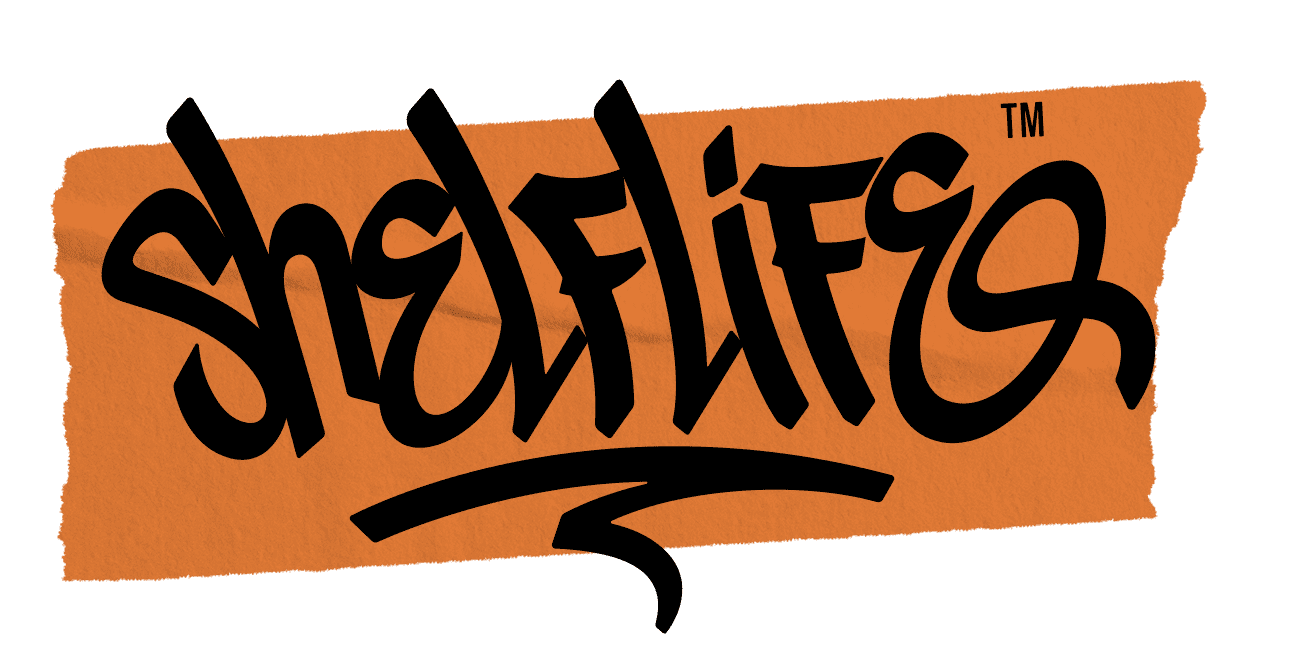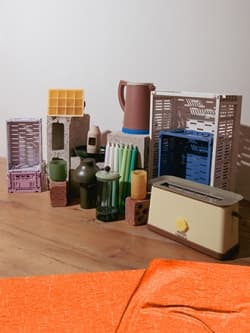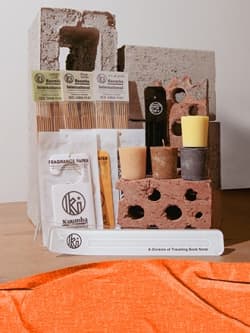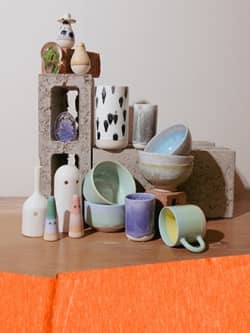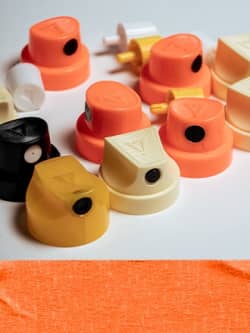The Most Iconic Style Moments in Olympic History

The streets of Paris have been booming these past few weeks, from Fashion Week to Tour de France, the city has become a global catwalk, seeing people from around the world gather together in their various styles. With the Paris 2024 Olympics kicking off tonight, we’d like to think of this as the start to a different kind of Fashion Week – where the typical runway is swapped out for an athletic track, fifty-metre swimming pool and soccer pitch.
History has proven that some of the most iconic looks have popped out at the Olympics, leaving an equally significant legacy as some World Records (special shout-out to the Ancient Greeks who competed naked). As we see the world’s greatest athletes prepare to push their minds and bodies in the most extraordinary ways, their creative freedom is not limited to performance. From aviators on the track to USA grills, we take a look at some of the most legendary Olympic style moments of all time.


Edwin Moses, Rhinestone Aviators (Seoul 1988)
You might know Ed Moses as the man who won two Olympic gold medals in the 400 metre hurdles, but beyond his sporting talents, Ed is known for something else- his on track style. Proving that sunglasses on the track are not only functional, Moses pulled up to the 1988 Seoul Olympics in a pair of rhinestone aviators. These prescription glasses turned dark when outdoors, quite apt for someone who also held a physics degree. This being just one of his memorable looks over the years was complete with a layered necklace and gold chain, a silver ring, and a bangle.


Linford Christie, PUMA Contact Lenses (Atlanta 1996)
There are few moments more iconic in both fashion and sporting history than British sprinter Linford Christie at the 1996 Atlanta Olympics press conference. The Olympic gold medal sprinter decided to wear blue contact lenses with the Puma logo at the centre of each eye before at to the lead-up before the game. This was not only a bold fashion statement but was one of the best examples of ambush marketing. This is because Linford’s contact lens PUMA promo was a way of getting around the fact that Reebok was the tournament’s official sponsor.


Lithuania, Basketball Kit (Barcelona 1992)
America, aka The Dream Team (at the time) might have won gold at the 1992 Barcelona Olympics, but it was the Lithuanian basketball team that won the hearts of the people, along with snagging third place. What made the country’s team so interesting wasn’t only their style of play, but rather the teams tie-dye kits in collaboration with the iconic rock band, The Grateful Dead. A spokesperson for the band, Dennis McNally, claimed that twenty-thousand tees were sold in the first week and the overall funds from shirt sales were eventually used to fund the team’s participation in the Atlanta 1996 Olympics. It’s safe to say that this remains one of the most iconic team kits and has become a streetwear grail, made even more sought-after by Jonah Hill.


Sha'carri Richardson, Crystal Nails (Tokyo Trials 2021)
While Sha'carri Richardson might not have an official Olympic look (yet), three years ago, the track star made history at the Tokyo Olympic trials with a record-breaking run in the 100 metre dash. Alongside her undeniable talent, the world also began to know Sha’carri for her fiery orange wig, full face beat, and crystal-studded acrylic nails—a look she described at the time as “loud and encouraging and, honestly, dangerous” and which cemented her status as one of the biggest style icons in sports history. The colourful, coffin-shaped nail were inspired by her grandmother, and it was only later that Richardson discovered Griffith Joyner’s (another incredible Olympian) love for donning statement nails too.


Ato Boldon, Oakley OVERTHETOP Sunglasses (Sydney 2000)
Although we said there a few moments more iconic than Linford Christie’s 1996 Olympic look, we were wrong – Ato Boldon’s 2000’s look is definitely the most legendary Olympic look of all time. Twenty-four years later and Oakley's disruptive shades are more popular today than they were when Ato wore them at the Sydney Olympics.
The four-time Olympic medal winner, was participating in the 4x100 metre relay at the time when he stepped on to the track with this pair of futuristic and never-seen-before sunglasses. Oakley, a brand very familiar in the world of sport, opted for an avant-garde design for Boldon - with their red lenses and ergonomic frame that wrapped up and over the head. The name 'OVERTHETOP' is perfect for this grail, both literally and figuratively. The glasses have become and remain a popular accessory in Hollywood with the Spy Kids franchise and the Blade II movie, as well as popping up on your timeline at least twice a week.
When asked the inspiration for the sunglasses, Oakley founder Jim Jannard stated; "We were on an island and discarded everything we knew. This is what we came up with."


Shaun White, Snowboarding Anti-Uniform (Vancouver 2010)
When Shaun White won a gold medal for snowboarding at the 2010 Vancouver Winter Olympics, he was wearing an Anti-Uniform. Designed by Burton to look like a flannel shirt and baggy jeans, this snowsuit pushed the bounds of fashion both in and out of the world of sport. To the unassuming eye, the uniform, made with GORE-TEX technology, really did just look like something you'd expect to see a '90s grunge American musician wear. "The inspiration was sort of that classic Americana look: the plaid blazer and old jeans," Greg Dacyshyn, Burton's creative director, told The New York Times in 2010. "Yeah, it's a uniform, but it's also an anti-uniform at the same time."

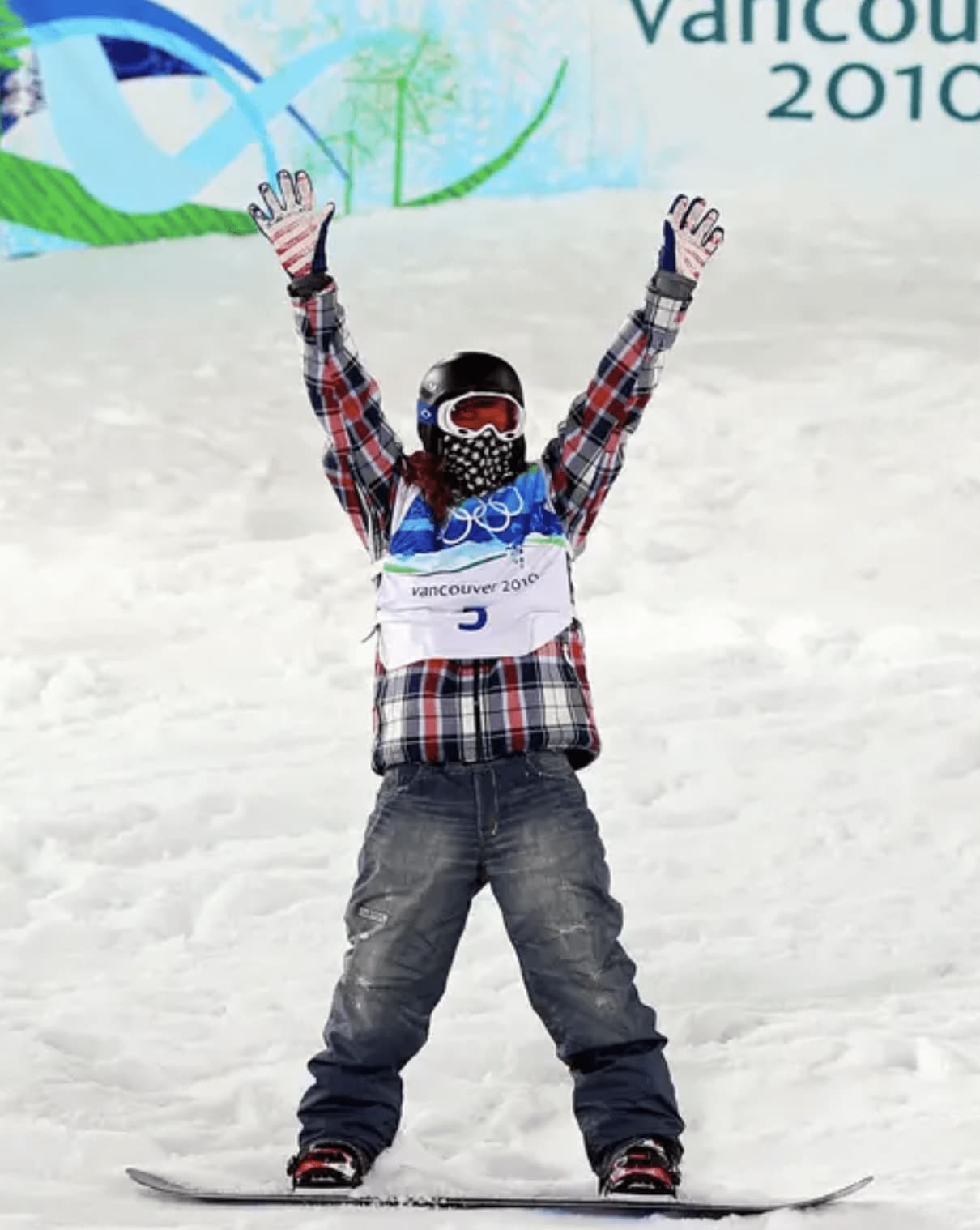
Michael Johnson, Golden Nike’s (Atlanta 1996)
The field in the 200 metre finals of the Atlanta 1996 Olympics included some of the greatest sprinters in history. With a final time of 19.32 seconds, Michael Johnson’s legacy that year didn’t only live on for his incredible speed but also for his on-track style. Johnson had chosen to wear a pair of shiny gold running spikes for the Atlanta 1996 Olympics. The custom-made design (the left shoe was a US10.5 while the right shoe was a US11) earned Johnson the nickname, “the man with the golden shoes.” Johnson’s athletic ability really earned him the gold around his neck to match the shoes. “I didn’t want to be standing there in gold-plated shoes with a silver medal around my neck,” said Johnson after the Games.


Ryan Lochte, USA Flag Grills (London 2012)
Olympic swimmer Ryan Lochte earned the first gold medal for the USA in 2012 for the men's individual 400 metre. His gold medal was not the only thing on display that night, but also his American flag-themed grills. Although controversial, this moment feels as iconic as David Beckham wearing a durag to meet Prince Charles in 2000.
Lochte's $25,000 stars-and-stripes grill was designed by Johnny Dang and remains one of the boldest things to come out of the London Olympics. However, this stand-out fashion choice nearly cost him his medal as it was reported by ESPN that the athlete was told that he wouldn't receive his gold if he wore the grills on the winners' podium (but he did).


Zola Budd, Barefoot (LA 1984)
Not exactly an item of clothing, South African athlete Zola Budd’s decision to run barefoot is undeniably a bold choice. Known for training and competing without shoes, Zola would go on to break world records in both the 3000 and 5000 metre races at the Los Angeles Summer Olympics in 1984. We’d consider this an iconic style moment in Olympic history as Budd is known for her lack of shoes, the way other athletes are known for their performance gear doubling up as a memorable look.


With this year’s Olympics being in one of the most fashionable cities in the world, and after seeing some of the competing countries 2024 uniforms, we’re super excited to see what looks athletes from around the world decide to step out in. Looking back, it’s clear that sport truly is an expression of freedom – encompassed by everything from mind to body to fit.
What do you think the most iconic style moment in Olympic history is?
